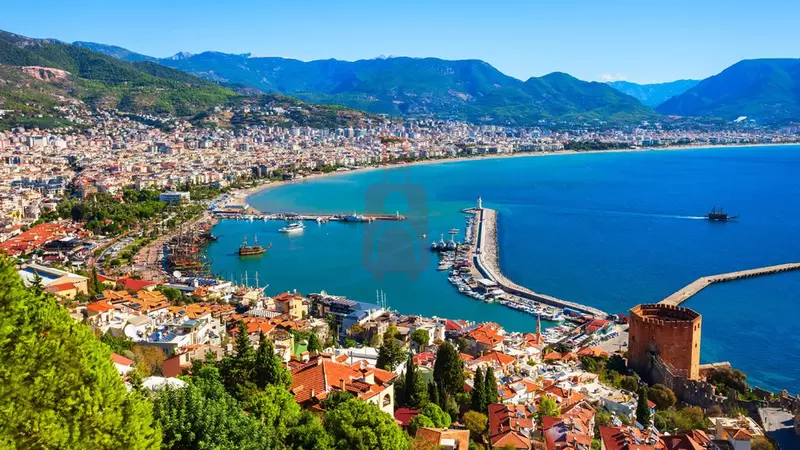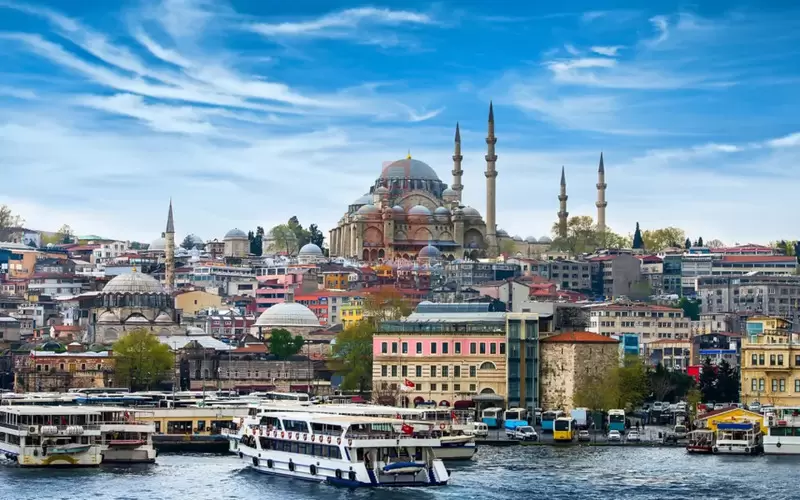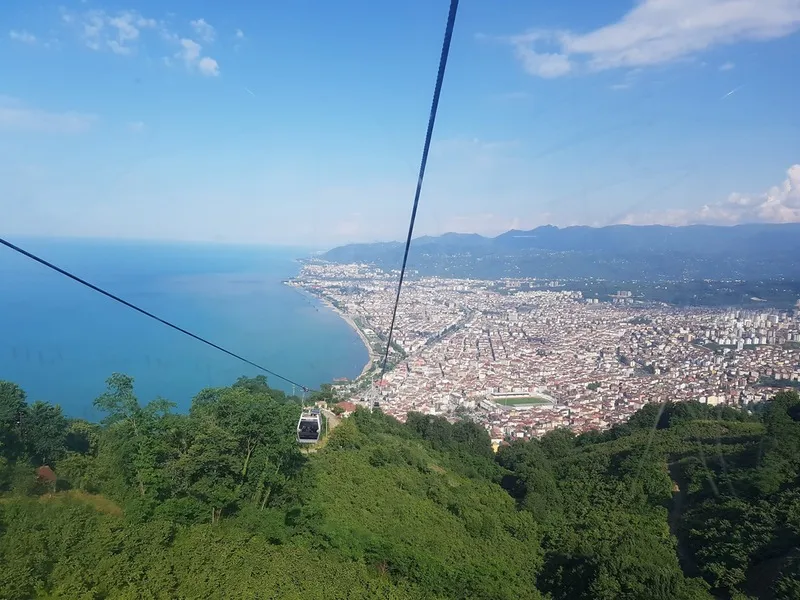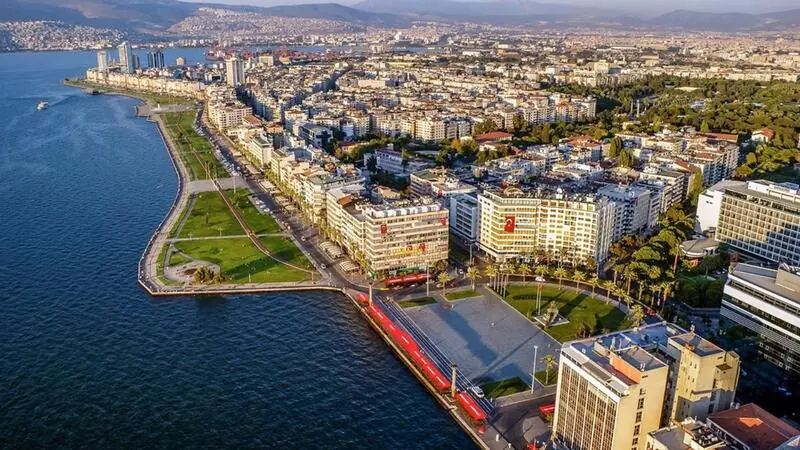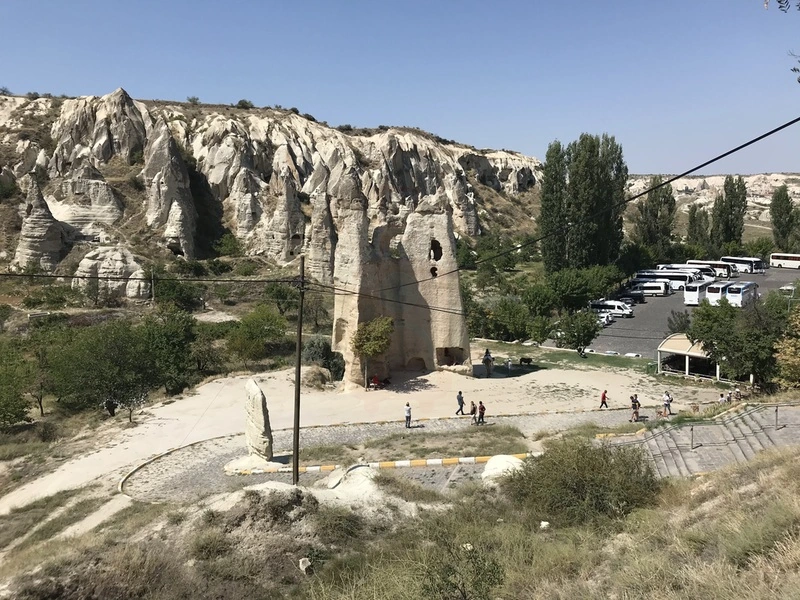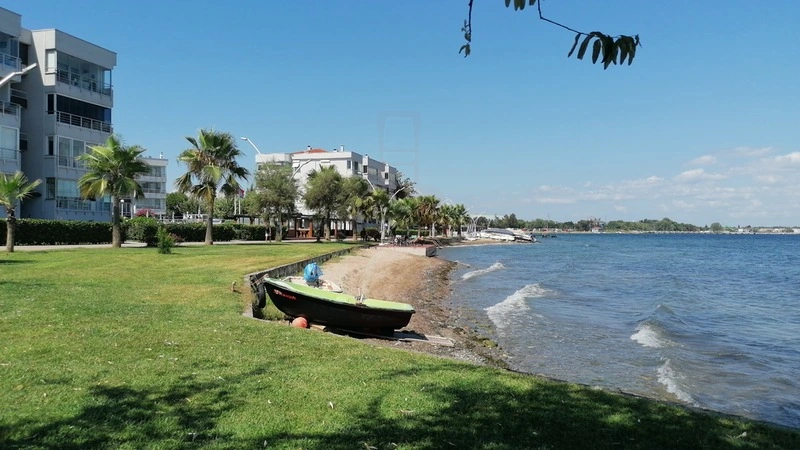
Cultural Photography Experiences in Türkiye: Capturing the Soul of Anatolia
Türkiye offers an unparalleled landscape for [Cultural Photography Experiences], providing visual artists with a rich, complex, and evolving subject matter that spans millennia. Unlike simple architectural tours, these expeditions focus on capturing the intersection of daily life with ancient backdrops, the preservation of traditional [Zanaatlar] (crafts), and the strong sense of community and heritage that defines Anatolia.
As your professional guide, I confirm that the most rewarding cultural photography trips are meticulously planned around the [Human Element]—the markets, the artisans, and the specific historical neighborhoods that tell a story of resilience and identity. This detailed guide highlights the essential cultural hubs, the unique photographic themes, and the ethical considerations for documenting Türkiye’s living history.
I. Istanbul: The Layered Metropolis and Byzantine Echoes
[Istanbul] provides endless contrasts for cultural storytelling, blending imperial history with the vibrant, multi-ethnic communities of the Golden Horn.
Fener-Balat: Texture, Color, and Community
The [Fener-Balat] district is a photographer’s dream, famous for its successful UNESCO-backed restoration that preserved its unique character.
- Architectural Storytelling: Focus on the distinctive [Cumbalı Evler] (bay-windowed Ottoman houses) painted in bright colors. Capture the sharp shadows and textures of the [Arnavut Kaldırımlı Sokaklar] (cobblestone streets) and the iconic view of the red-brick [Fener Greek Orthodox College].
- The Human Element: This neighborhood, historically home to [Greek Orthodox] and [Sephardic Jewish] communities, offers candid street photography opportunities, capturing daily interactions, laundry lines strung between buildings, and the local café culture.
- Religious Contrast: Photograph the unique historical coexistence of the [Fener Rum Ortodoks Patrikhanesi] (Ecumenical Patriarchate) and historic synagogues ([Ahrida Synagogue]) within walking distance of local mosques.
Sultanahmet and The Bazaars
The [Sultanahmet] area is crucial for documenting Ottoman and Byzantine monumentalism. Capture the colossal domes of [Hagia Sophia] and the [Blue Mosque] ([Sultanahmet Camii]). The [Grand Bazaar] and [Spice Bazaar] are essential for sensory photography, capturing the vivid colors of spices, the piles of Turkish Delight, and the texture of antique carpets.
II. Southeastern Anatolia: Stone, Sunlight, and Ancient Craft
The Southeast offers a visually distinct, timeless landscape defined by rich culture, conservative traditions, and ancient stone cities.
Mardin: Monochrome and Architectural Geometry
[Mardin] is a unique subject for architectural photography, built entirely of golden-hued local stone overlooking the [Mesopotamian Plain].
- Light and Shadow: The strong southern sunlight creates deep shadows and stark contrast, ideal for capturing the unique [Artuklu Architecture]. Focus on the intricate stonework and the [Abbaras] (covered alleyways) that provide essential shade and unique framing opportunities.
- Religious Heritage: Document the active life of the 1600-year-old [Deyrulzafaran Monastery] (Syriac Orthodox) and the [Kasımiye Medresesi], capturing the profound sense of spiritual history.
Gaziantep: The Zanaat (Craft) Focus
[Gaziantep] is the place to capture traditional Anatolian craftsmanship.
- Copper and Metalwork: Spend time in the [Bakırcılar Çarşısı] (Coppersmiths' Bazaar), capturing the artisans hammering copper, a tradition that produces incredible sound and light texture.
- Footsteps of the Past: Photograph the massive Roman mosaics at the [Zeugma Mozaik Müzesi] and the preserved old town [Bey Mahallesi], showcasing the continuity of art and trade.
III. Aegean Villages and Rural Culture
The Aegean coast offers a lighter, more picturesque cultural theme, focusing on daily life and historical preservation.
- Safranbolu and Ottoman Houses: [Safranbolu] ([Karabük]) is a UNESCO World Heritage site famous for its best-preserved [Ottoman Wooden Houses]. It is an ideal setting for architectural photography, focusing on details like the [Cumba] (bay windows) and the contrast of the whitewashed walls against the red roofs.
- Kayaköy (Fethiye): The abandoned Greek village of [Kayaköy] (Fethiye) provides a powerful, haunting subject for documenting [Lost Heritage] and the effects of the 1923 population exchange. The hundreds of decaying stone houses offer unique, silent compositions.
- Traditional Markets: Visit the weekly [Pazar] (markets) in villages like [Şirince] or [Urla] to capture the authentic Eagean food culture, the vibrancy of local produce, and portraits of the friendly local vendors.
IV. Ethical and Technical Considerations
Cultural photography requires a strong sense of respect and awareness:
- The Human Element: Always maintain [Cultural Sensitivity]. When photographing individuals, especially in traditional communities ([Mardin] or [Safranbolu]), make eye contact and ask permission first. Respectful interaction often results in a more authentic and rewarding portrait.
- Technical Needs: A [Wide-Angle Lens] is essential for capturing the narrow streets of [Balat] and the grand scale of [Sultanahmet]. A [Telephoto Lens] is useful for isolating details in the bazaars or capturing candid moments from a distance.
- Best Light: The [Golden Hour] is crucial for architectural photography in stone cities like [Mardin] and [Safranbolu], as the warm light emphasizes the color and texture of the stone.
A [Cultural Photography Experience] in Türkiye is a dedicated journey to observe, respect, and capture the enduring spirit of the Anatolian people and the architectural heritage they inhabit.
